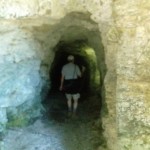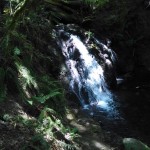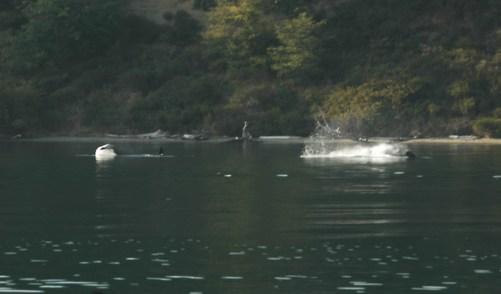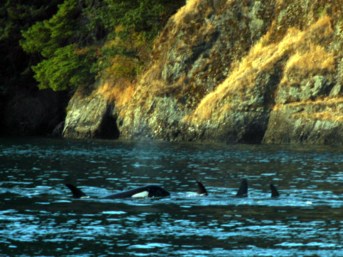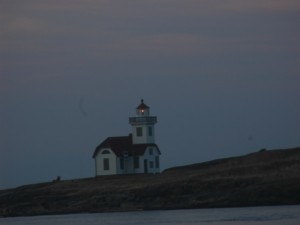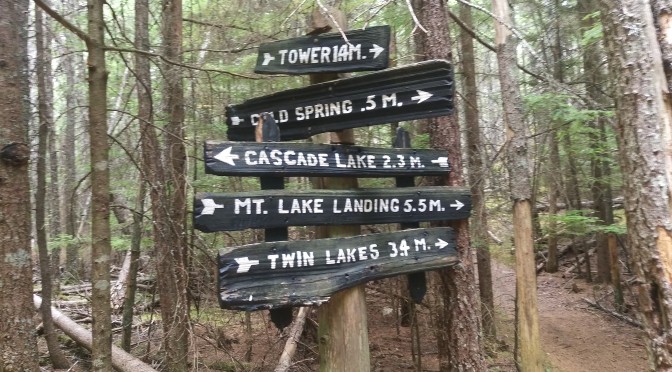This little journey to Orcas Island, and experimenting with unemployment, early retirement, call it what you will, started without much planning. To say that the sudden decision to take three months of unpaid leave from my career was spontaneous is a major understatement. One minute, I was blithely puttering around the house, the next I was searching Craig’s List for a cheap motor home in the Pacific Northwest. How do these changes happen? Or perhaps better to ask, “Why?”.
We have met a number of people who live and travel full time over the past several years, and that life holds a certain allure for me. Many of these modern gypsies are in retirement, but not all. The young people who work and travel constantly are the most interesting of them. When it’s time to retire, it’s easy to think of selling the “farm” and hitting the road, but for younger people the point is that “farms” never held any appeal in the first place. Nomads don’t imagine that they should ever cling to one permanent home, but feel at home as they travel. They are “permanent transients”, to borrow Edward Albee’s phrase from ‘The Zoo Story’, but joyously so. They do bond and form communities, both with people fixed in space, but also with other nomads with whom they crisscross paths over and again. They’ve acquired skills that allow them to earn and be productive where ever they are.
My work is doctoring people’s eyes, and as such hasn’t lent itself to wandering off so. I did have earlier careers where frequent travel might have been the normal mode. I might have become an actor, or remained in the military, but those paths didn’t stick. Now I’m very close to setting the clinical work aside.  Would I want to live constantly in 90+ square feet, caring for the vehicle and its “life support” systems, and thinking ahead to the next port of call, the next vista? Maybe… maybe not.
Would I want to live constantly in 90+ square feet, caring for the vehicle and its “life support” systems, and thinking ahead to the next port of call, the next vista? Maybe… maybe not.
But whatever I learn, it will be from having sampled the nomad’s life for a time. It needed a leap from safety. A bungie-jump, if you will.



